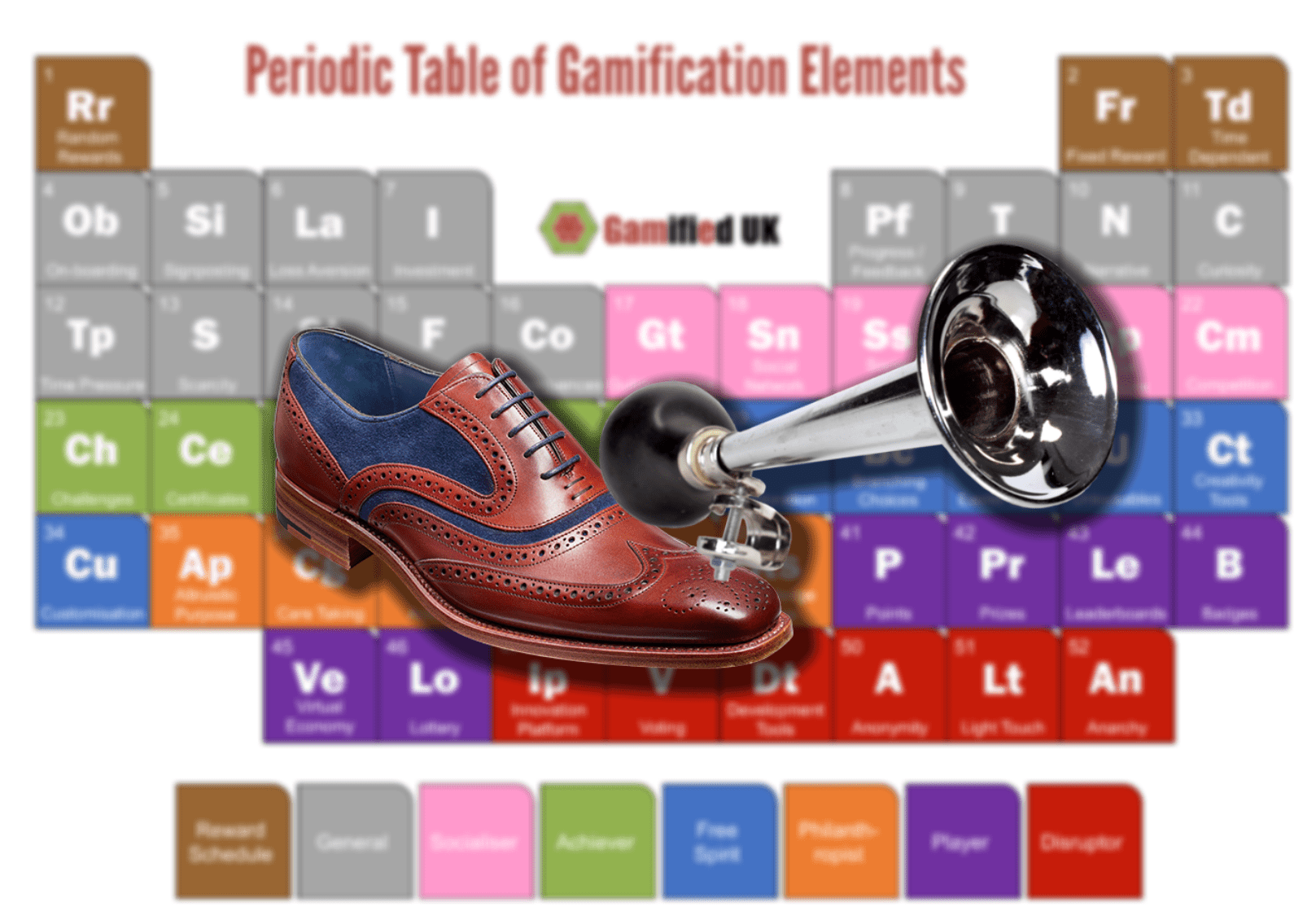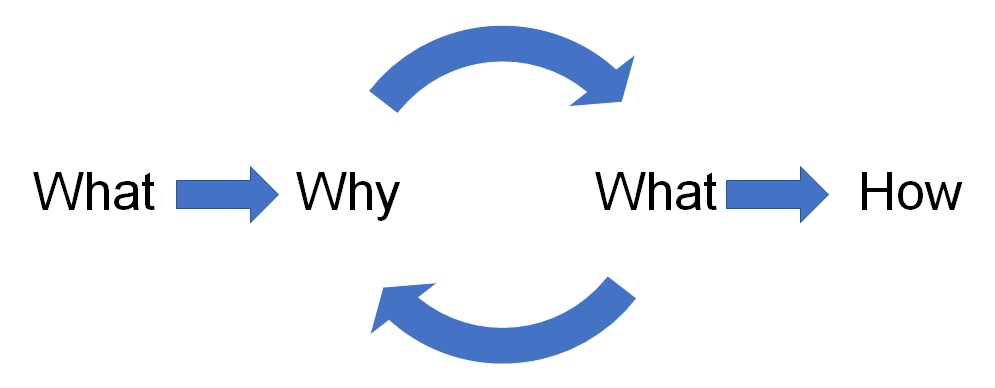Player Types and User Types, I’m not gonna lie, I love ’em. I imagine that is obvious considering I have spent so long making my own!
However, it’s time for a bit of a tidy up of misconceptions about types – a misconception my love of them may even have helped to perpetuate.
Misconceptions
Bartle has 4 Player Types
Actually, he has 8. He realised there were limitations and duality in his 4 types, so he created a set of 8 that accounted for this. https://mud.co.uk/richard/selfware.htm
Everyone is Just One Type
No matter what model or taxonomy you use, the likelihood is this is just not true. We probably display all types in our personality, just in different amounts and in different contexts (more on that in a moment)
Your Type is Your Type and That’s It
A good example of how wrong this is comes from Bartle’s own player types. He demonstrates that over time players change their types. So for instance, they may come in as a Griefer (part of the killer pair), but over time evolve into a Friend type, based on their experiences in the system.
Your type also changes depending on the context. So in an MMO game, you may be an explorer, but in an FPS you may head more towards an Achiever.
This is also important to consider when people take surveys related to types. The survey often shows a snapshot of their time and their current experiences and interests, it is not a full or true representation of how they will behave in a gamified system that encourages exploration vs one that is focused on achievement.
More Responses / People Makes a Type Survey More Reliable
Sort of true. People often quote the number of users who have taken the Bartle test, to show how valid the results are. It is important to remember two things about that. First, Bartle didn’t create the test and second, those results had no influence in the design of the types. He created his through observation and interview and for a very specific set of people – MMO players.
Creating a reliable test is a long process that requires a great deal of iteration and research. If you base everything in a very specific group of people, for example, students, then your test may well be statistically reliable, but only for students! You need to test with a much larger and more varied group of people to get truely reliable tests.
Types are Useless
You could be forgiven for thinking that given some of the above, types are useless. They have come under significant criticism over the years. People are complex and many do not like the idea that you want to just label them as a single type – and rightly so. Types are there to inform designers of different perspectives to consider when building solutions. That is why I am so keen on using my types as lenses rather than rigid design frameworks.
Conclusion
Types are great, they help designers appraise their solutions from different angles and can advise them on how to approach design for certain groups of people. However, they are not a magic bullet, they are not an equation for success. They are just one tool in a massive tool kit and should not be seen as a way to a quick win. Use them with care and they will love you back!





